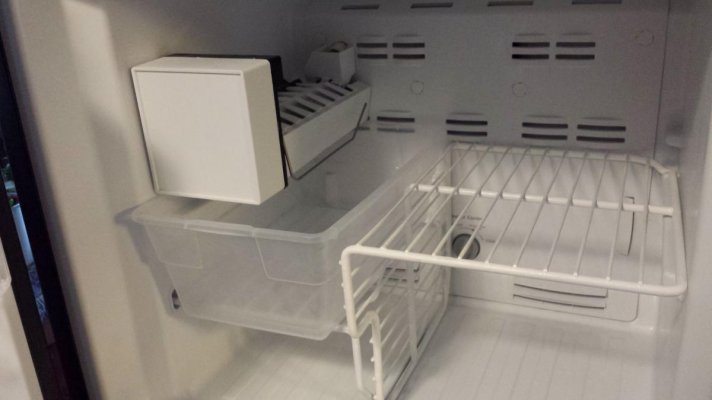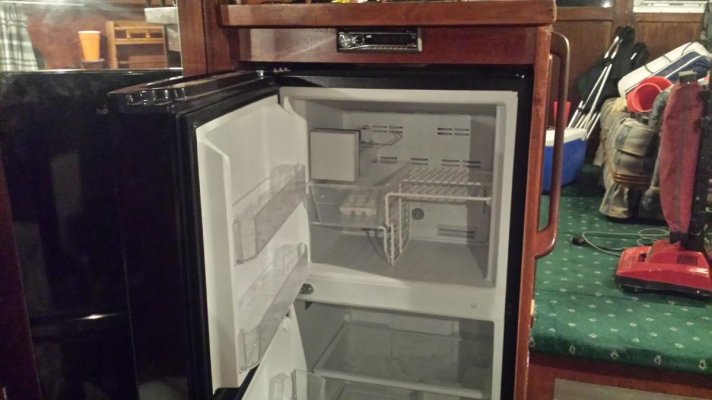DRocc
Newbie
Greetings! Thes is my first post, although I've been searching the forums for a little while now. Bought my 45' Hershine about a year and a half ago--my first boat.
It's a 1987, and the appliances could use replacing--#1 is the Norcold refrigerator/freezer (model 461). Boy are they expensive...I know...I'd been warned about the whole BOAT acronym.
I'd love to be able to consider a regular AC refrigerator, since I'm usually plugged in or on my way to be plugged in somewhere. First question please: Has anyone else done this?
The drawback of course is that it doesn't work as long as I'm out on the water. Made me wonder about the possibility of an inverter for this. Would an inverter work on something like a big fridge/freezer? Additional info: I have an Onan 8KW generator.
I appreciate any kind assistance that is offered! Thanks,
Deb
M/Y Quijotesca
It's a 1987, and the appliances could use replacing--#1 is the Norcold refrigerator/freezer (model 461). Boy are they expensive...I know...I'd been warned about the whole BOAT acronym.
I'd love to be able to consider a regular AC refrigerator, since I'm usually plugged in or on my way to be plugged in somewhere. First question please: Has anyone else done this?
The drawback of course is that it doesn't work as long as I'm out on the water. Made me wonder about the possibility of an inverter for this. Would an inverter work on something like a big fridge/freezer? Additional info: I have an Onan 8KW generator.
I appreciate any kind assistance that is offered! Thanks,
Deb
M/Y Quijotesca




